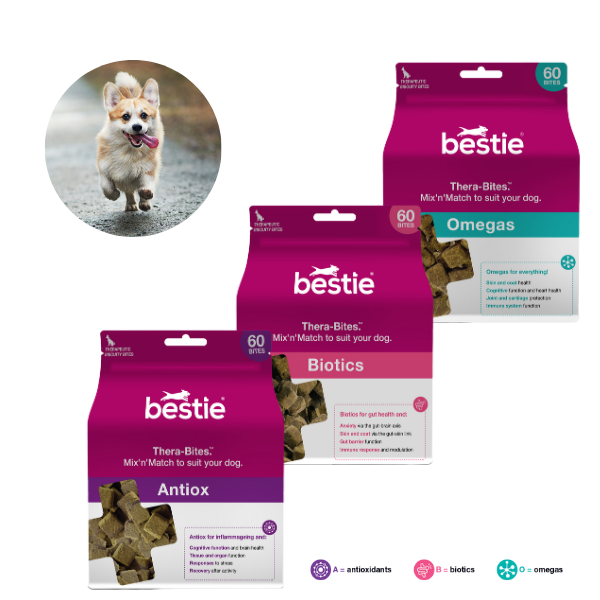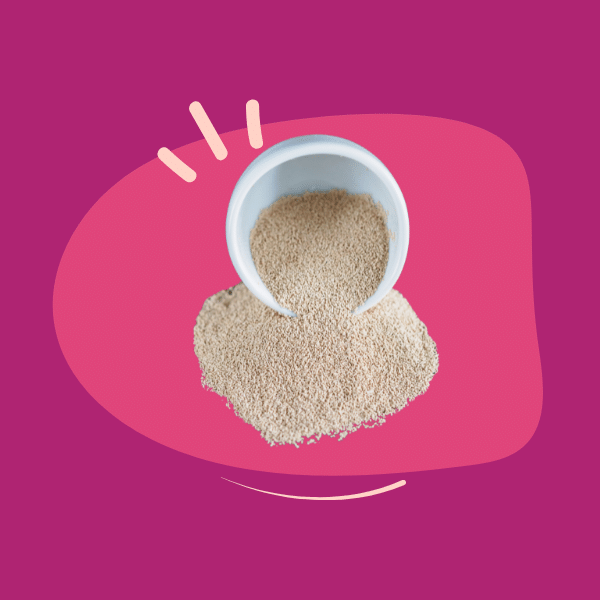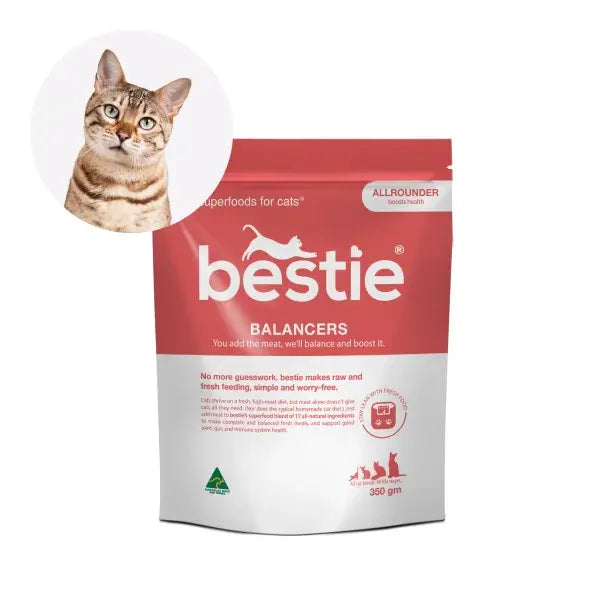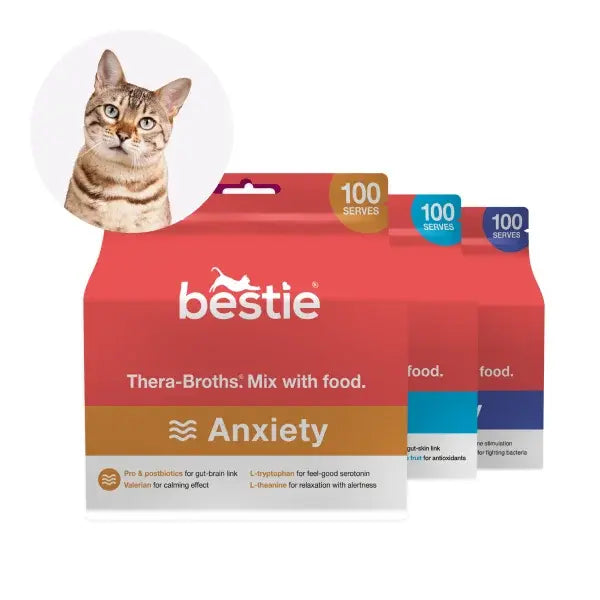If we want to understand how to feed our dogs better, we need to understand some of the problems with dry dog food and the pitfalls of homemade dog food. But first, just how did we get here???
It turns out, that as has happened in human food, mainstream modern dog food has been shaped by our relationships with our dogs, our own food tastes and the influence of big money aka big pet.
It all began back in 1860...
James Spratt, an entrepreneurial American lightning rod salesman, notices dogs hanging around the English wharves are eating left over human biscuits. He creates and launches Spratt’s Fibrine Dog Cakes, made of wheat, vegetables, beetroot and beef blood.
Then in 1876...
A young Charles Cruft starts working for Spratt, promoting dog cakes to breeders and English gentlemen. Making the connection between pure breed dogs, dog shows and ‘canine nutrition’, Cruft launches the Great Dog Show in 1891.
It still runs today.
In the 1880s
A Boston veterinarian introduces A.C. Daniel’s Medicated Dog Bread, and declares that unlike the competition it's “free from cheapening ingredients such as talc powder and mill sweepings”. Oh, wow!
In 1890, Spratt's launch in the US.
In 1908, F.H. Bennett Biscuit Company launch Maltoid dog biscuits, making biscuits shaped like bones.
Then in 1922...
Chappel Brothers in Illinois launch Ken-L-Ration, the first canned dog food in the United States, made from horse meat. In 1930 they start sponsoring a popular radio show, The Adventures of Rin Tin Tin. Ken-L-Ration becomes such a success that by the mid-30s they’re breeding horses just for dog food (and slaughtering 50,000 of them a year).
(In the 50s, Ken-L-Ration moves onto TV in the 50s, running commercials on shows like The Adventures of Ozzie and Harriet.)
In 1931
Nabisco buys F.H. Bennett and renames the biscuits Milk-Bones. In 1940 they start making the first different-sized kibble for different breeds, and in 1950, they use Rin Tin Tin and Rusty to promote the product.
In 1939
Veterinary nutritionist and Hill’s founder Mark Morris develops a specialised diet — Prescription diet k/d — for a guide dog named Buddy, who had been diagnosed with renal failure. Other prescription diets follow, sold through veterinary practices.
In 1941
Canned dog food now has 90% share of the market… until the United States enters World War II and the government starts rationing tin and meat. Then dry dog food becomes popular again.
This coincides with the growing popularity of human processed food and the fact that agricultural industrialisation has made commodities like meat, grain and their by-products, cheap and plentiful for dog food manufacturers.
And in 1956
Purina Dog Chow makes the first ‘kibble’: pet food made using extrusion to form distinctive shapes. (Oh, joy.)
By 1964...big pet is muscling up.
The Pet Food Institute, a lobbying group for pet food industry, begins a campaign to get people to stop feeding their dogs anything but packaged dog food.
“Our biggest competitor is still table scraps,” says the Chairman, National Pet Association Manufacturers Committee. (1)
“We got stuff in one thousand daily and weekly papers,” reports George Pugh, an executive of Swift and Company (makers of Pard dog food) to industry colleagues at a 1964 meeting of the Pet Food Institute. (3)
Pet Food Institute staff also “assist” 14 popular magazines in the preparation of feature articles about dog care, which advocate commercial pet food to the exclusion of everything else. A script prepared and distributed by PFI, warning of the dangers of table scraps, gets airtime on 91 radio stations throughout the country.
(Spin doctors, alive and well, back in the 60s.)
Our relationship to our pets is also changing at this time. In the 60s, dogs become widely regarded as family members; dog food companies convince guardians that commercial diets are superior nutrition for dogs and better than table scraps.
They gain the trust of vets, who then recommend clients feed their dogs commercial food. They also hit marketing… pet food companies begin an unofficial campaign against the feeding of “people food” to dogs both by emphasising the derogatory nature of the phrase “table scraps” and by playing up the various health components of commercial diets.(2)
In 1966 in Australia...a young John Mars sets up his factory in Albury Wodonga and his Petcare Information and Advisory Service (PIAS), a public relations and marketing offshoot.
In 1993...BARF appears
Australian veterinarian Ian Billinghurst releases the book, Give Your Dog a Bone, and introduces to the world a novel way of feeding dogs — the Bones And Raw Food, or BARF, diet.
In 2007
Canadian pet food manufacturer Menu foods issues the largest pet food recall in history – 4000 cats and dogs dead. The cause? Wheat gluten, imported from China, contains high levels of melamine and cyanuric acid causing pets to die from acute renal failure. In Australia, imported chicken-jerky treats from China cause kidney toxicity in 108 dogs.
After 2007, alternative commercial dog foods and home-prepared diets grow in popularity.
In 2008, in Australia, 87 cats develop symmetrical hindlimb ataxia, paraparesis, tetraparesis, paraplegia or tetraplegia in association with eating an imported, irradiated dry pet food.
And in 2018, Nine Victorian police dogs succumb to a rare disease, megaesophagus, believed to be attributable to another kibble. (6) And also in 2018, animal ear tags are among plastic and metal rubbish being ground up and put into pet food, insiders confirm to the ABC’s 7.30. (5)
In late 2018, a Senate Enquiry into the regulatory approaches to ensure the safety of pet food kicks off. At this time, the pet food industry in Australia
is self-regulated, with no mandatory recall system, and no mechanism for consumers to report adverse events. The Australian Standard for the manufacturing and marketing of pet food is voluntary and published behind a paywall.
Cut to 2020...raw diets for dogs and homemade food for dogs gain in popularity...with good reason. But there are pitfalls...
Find out about:
The problem with dry dog food
The pitfalls of homemade dog food
Sources
- Anreder, S. S. (1962, January 29). The pet industry is growing by leaps and bounds. Barron’s National Business and Financial Weekly, 3, 8, 10, 12-13.
- Thurston, M. E. (1996). The lost history of the canine race: Our 15,000- year love affair with dogs (Kansas City, MO: Andrews & McMeel.
- https://www.carnivora.ca/html/Learning-Centre/History-of-Dog-Food/ index.cfm 6
- https://www.abc.net.au/news/2018-06-19/pet-food-insider-lifts-lid-on- plastic-and-rubbish-going-into-pe/9875184
-
The story was reported here:https://www.abc.net.au/news/2018-12-13/pet-food-linked-to-megaesophagus-outbreak-in-dogs/10614742
And the study here:https://www.u-vet.com.au/news/megaesophagus-and-pet-food/megaoesophagus-and-pet-food-report14122018/_recache


















